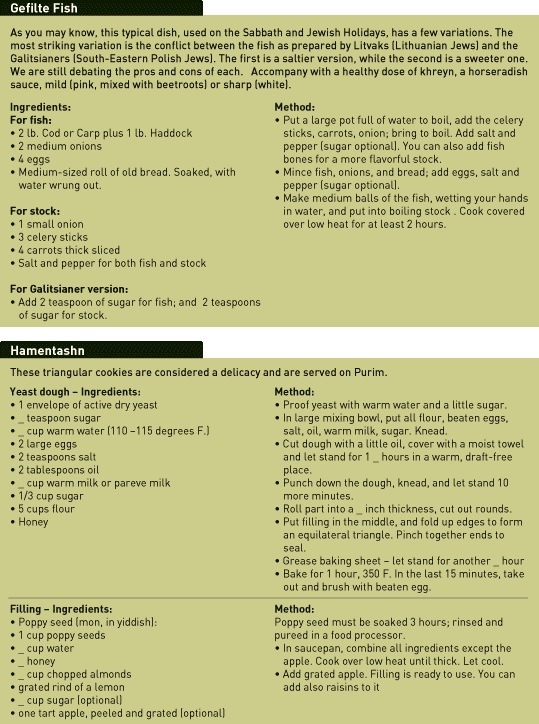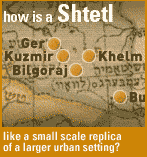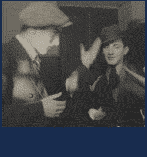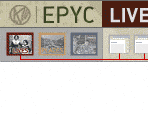

Passover  . No other holiday is as defined in its essence by food. Another eight-day holiday, Passover usually falls in April. It commemorates the Jewish exodus from slavery in Egypt immortalized in the Bible. It is also the holiday with the richest food traditions and use of food symbolism: beginning with the extreme care with which food must be prepared. Commemorating the Jews' flight from Egypt (with no time to prepare leavened bread), during these eight days it is forbidden to eat bread. Special crackers - matzah - only are allowed instead of bread. Passover has its own set of highly complex dietary laws, designed to avoid the eating of any chometz (leavened bread). Among Eastern European Jews, chometz has been defined as including rice, dried corn, dried beans, lentils, and legumes. This presents an interesting challenge in the preparation of a week's meals. In addition to having its own set of dietary laws, Passover requires its own full set of kosher dishes and pans. In some homes this required the retrieval of a very special set of dishes from storage, used only for the Passover week. In other homes, it meant that some kitchen utensils and dishes had to undergo the process of being kashered, which usually involved being boiled in order to best clean and rid them of any of the chometz they might have touched.
. No other holiday is as defined in its essence by food. Another eight-day holiday, Passover usually falls in April. It commemorates the Jewish exodus from slavery in Egypt immortalized in the Bible. It is also the holiday with the richest food traditions and use of food symbolism: beginning with the extreme care with which food must be prepared. Commemorating the Jews' flight from Egypt (with no time to prepare leavened bread), during these eight days it is forbidden to eat bread. Special crackers - matzah - only are allowed instead of bread. Passover has its own set of highly complex dietary laws, designed to avoid the eating of any chometz (leavened bread). Among Eastern European Jews, chometz has been defined as including rice, dried corn, dried beans, lentils, and legumes. This presents an interesting challenge in the preparation of a week's meals. In addition to having its own set of dietary laws, Passover requires its own full set of kosher dishes and pans. In some homes this required the retrieval of a very special set of dishes from storage, used only for the Passover week. In other homes, it meant that some kitchen utensils and dishes had to undergo the process of being kashered, which usually involved being boiled in order to best clean and rid them of any of the chometz they might have touched.
Matzah, the unleavened cracker-like bread Jews eat at Passover, has strict rules governing its manufacture. The main meals - the Seder meals - are full of traditional foodstuffs. There is a special reading of the story of Exodus, as well, that is often chanted with many melodies. The seder offers the opportunity to discuss Jewish history and ethical behavior between children and adults.
Shavuot
Shavuot  commemorates the delivery of the Torah by God to the Jews at Mt. Sinai. Shavuot is celebrated over two days each spring. Traditional Shavuot meals emphasize dairy foods, like blintzes.
commemorates the delivery of the Torah by God to the Jews at Mt. Sinai. Shavuot is celebrated over two days each spring. Traditional Shavuot meals emphasize dairy foods, like blintzes.
Two Favorite Eastern European Jewish Recipes















